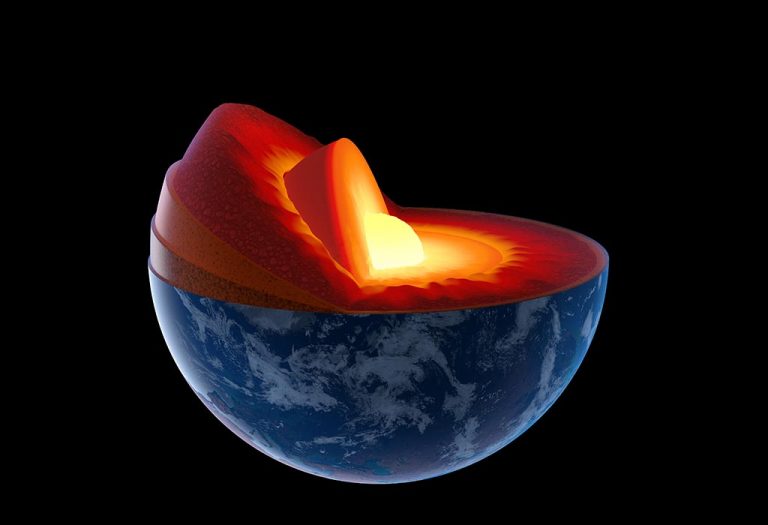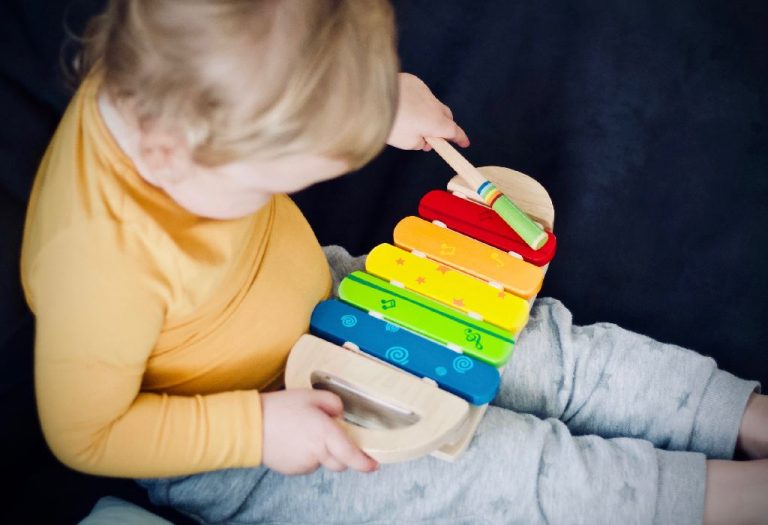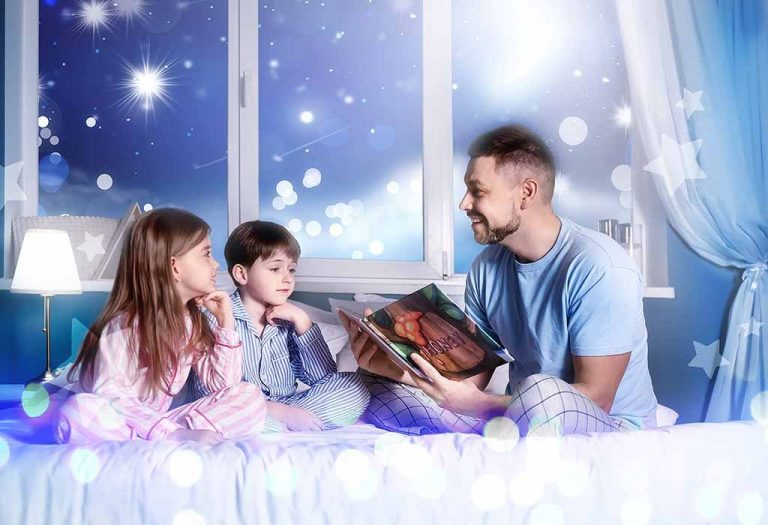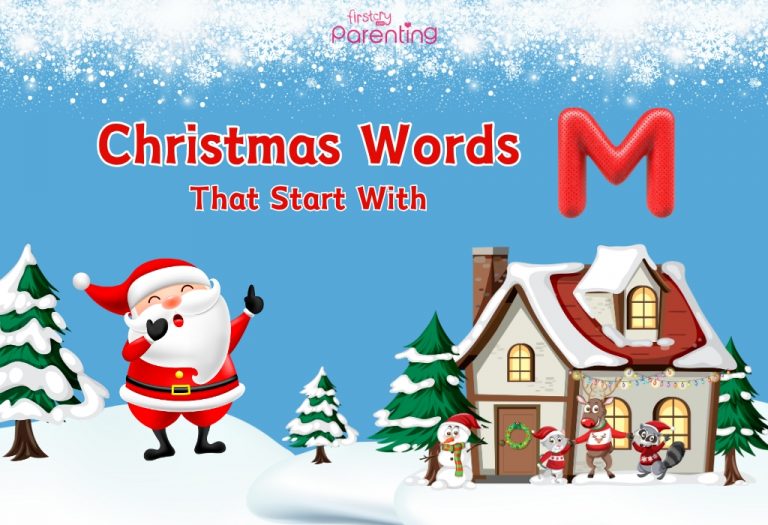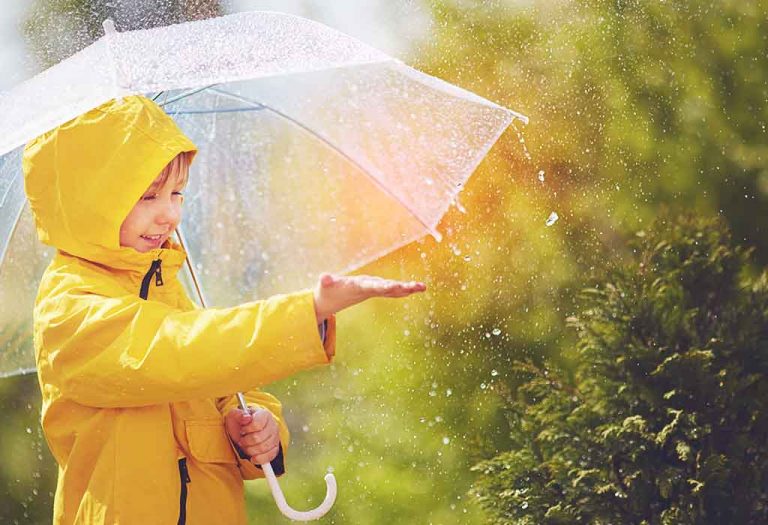Facts About the Layers of the Earth for Kids
Our planet is made up of different layers. On the surface, it is hard and rocky, and there is molten flowing magma underneath. Our planet is our home and the very essence of our existence. The Earth is like a giant ball of different layers, each with unique features! From the ground we walk on to the hot, melted rock deep inside, these layers work together to make our planet what it is. If you want to teach your children about Earth, you should start by teaching them about its four layers. This article explains what each layer is made of, how they affect life on Earth, and some fun facts that will help you understand just how amazing our planet really is!
The Four Layers of the Earth
Here is a breakdown of the structure of the earth for kids:
1. Inner Core
The inner core is the innermost layer of the planet Earth.
State of Matter
Solid super-heated metal
Temperature
It has a high temperature ranging from 5000°C to 6000°C (5).
What It’s Made Up Of
It consists of iron and nickel.
Depth
The inner core is at a depth of 5210 km from the surface and is about 1,270-1530 km thick.
Other Facts
- The inner core is about three-quarters the size of the moon.
- It spins a little faster than the rest of the planet.
- The inner core is growing by about 1 mm every year. In a few billion years, the outer core is thought to become entirely solid and might become a part of the inner core.
2. Outer Core
The outer core comes in contact with the lower mantle and is a region of tremendous pressure and temperature.
State of Matter
Mostly liquid
Temperature
The outer core is very hot. Its temperature is about 6100°C.
What It’s Made Up Of
The outer core is composed of molten iron and nickel along with some sulphur and oxygen.
Depth
The outer core is at a depth of 5,150 km from the surface and is about 2,200 km thick.
Other Facts
- The outer core is so hot that all the metals are in a liquid state.
- The liquid metals in the outer core churn in great currents and generate the earth’s magnetic field.
- Without the inner core protecting the earth with a magnetic field, there would be no life on the planet.
3. Mantle
The mantle is the layer just below the crust of the Earth. It is the thickest layer of the earth. The part where the mantle ends and the crust begins is called the lithosphere.
State of Matter
Semi-liquid
Temperature
The mantle’s temperature varies from 1000°C close to the crust to 3700° close to the core.
What It’s Made Up Of
It is majorly made up of iron, magnesium, and silicon (3).
Depth
The mantle is nearly 2,900 kilometres thick.
Other Facts
- The mantle has currents of molten material that constantly flow from below to the top.
- The mantle is made up of the upper mantle and the lower mantle.
- The mantle is directly located under the sima.
4. Crust
The crust is the thin outer layer of the Earth on which we live. It breaks up into what is called tectonic plates that shift constantly.
State of Matter
Solid
Temperature
The average temperature is about 22°C.
What It’s Made Up Of
The continental crust is made of rocks such as granite, metamorphic, and sedimentary rocks (4).
Depth
The crust is of two types, continental and oceanic. The continental crust is 8 to 70 km thick. The oceanic crust is 8 km thick.
Other Facts
- The crust only makes up 1% of the Earth’s total volume.
- The tectonic plates of the crust float on the inner mantle (1).
- Tectonic plate activity causes earthquakes.
Importance of Learning Layers of the Earth for Kids
Here’s why you should teach your kid fun facts about Earth’s layers:
- Kids can learn about the structure of the Earth, including the crust, mantle, outer core, and inner core.
- It helps them understand how natural events like earthquakes and volcanoes occur.
- They discover where important natural resources, like soil and metals, come from.
- This knowledge makes kids curious about science, geology, and taking care of the environment.
FAQs
1. Why are the Earth’s layers important?
The three main layers of the Earth shape our planet. The crust holds everything we see, such as land, water, and mountains. The mantle moves slowly, causing earthquakes and volcanic eruptions. The core creates Earth’s magnetic field, which protects us from harmful space radiation.
2. How do scientists know about the layers of the Earth?
Scientists learn about the Earth’s layers by studying how earthquake waves travel through the planet. These waves move differently through each layer, giving scientists clues about their thickness and materials.
3. Why do volcanoes and earthquakes happen?
Volcanoes and earthquakes are caused by Earth’s crust and mantle movements. When plates in the crust push against or pull away from each other, the ground shakes, and magma rises to form a volcano (2).
We hope the above information about the layers of the Earth helps you teach your children about our planet in a fun way. There’s a lot about our planet that we don’t know of. You can find enough and more information about Earth on the internet and in books, and share it with your kids!
References/Resources:
1. The Earth’s Layers Lesson #1; Oregon State University; https://volcano.oregonstate.edu/earths-layers-lesson-1
2. The Science of Earthquakes; U.S. Geological Survey; https://www.usgs.gov/programs/earthquake-hazards/science-earthquakes
3. Layers of Earth; University of Hawaii; https://manoa.hawaii.edu/exploringourfluidearth/physical/ocean-floor/layers-earth
4. Crust; National Geographic; https://education.nationalgeographic.org/resource/crust/
5. Core; National Geographic; https://education.nationalgeographic.org/resource/core/
Also Read:
Sun Facts for Children
Solar System Facts for Kids
Saturn Facts & Information for Kids
Facts About Space for Children
Was This Article Helpful?
Parenting is a huge responsibility, for you as a caregiver, but also for us as a parenting content platform. We understand that and take our responsibility of creating credible content seriously. FirstCry Parenting articles are written and published only after extensive research using factually sound references to deliver quality content that is accurate, validated by experts, and completely reliable. To understand how we go about creating content that is credible, read our editorial policy here.





